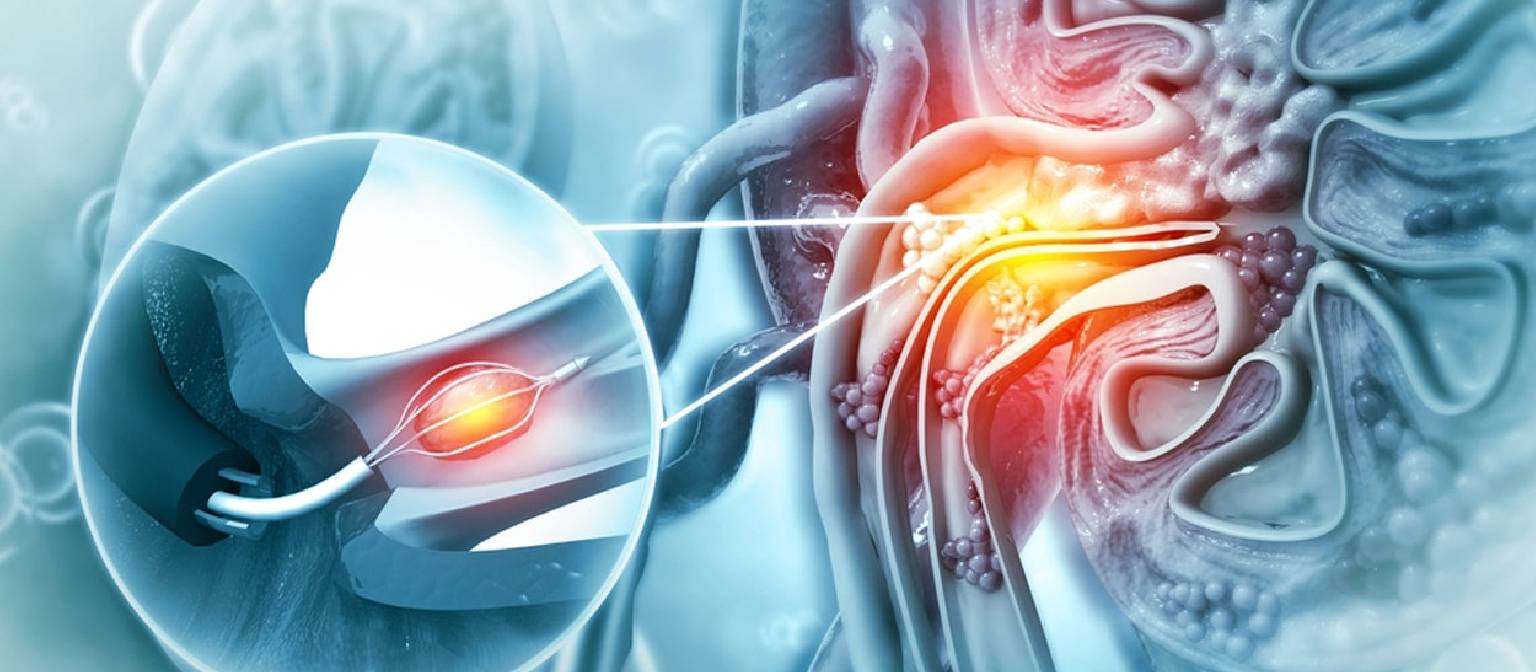Our Services
Menu

To perform an EGD, doctors use an endoscope. This long, flexible tube has a lighted camera at its tip and channels for inserting instruments through the scope. The doctor passes the endoscope through the mouth and into the esophagus to see the obstruction. Using the instruments, the doctor can remove the foreign body.
Symptoms:
- Choking or coughing: If the foreign body is in the airway.
- Pain or difficulty swallowing: If the object is lodged in the esophagus or stomach.
- Drooling or gagging: Especially in children or if the foreign body is large.
- Vomiting or abdominal pain: If the object is in the stomach or intestines.
- Breathing difficulty: If the foreign body is in the airway or blocking the esophagus.
- Rectal pain or bleeding: If the foreign body has passed into the colon or rectum.
Purpose:
- To remove foreign objects: Prevents further injury or obstruction.
- Diagnostic evaluation: To determine if the foreign body has caused any injuries or complications.
Indications:
- Swallowed objects: Coins, toys, bones, or sharp objects.
- Inhaled foreign bodies: Objects stuck in the windpipe (airway).
- GI obstruction: Foreign bodies causing blockages, perforations, or infections.
Procedure:
- Sedation: Local anesthesia or sedation is used to relax the patient.
- Endoscope insertion: A flexible endoscope is passed through the mouth or rectum to locate and remove the object.
- Instrument use: Forceps, baskets, or retrieval tools are used to grasp and remove the foreign body.
Treatment:
- Foreign body extraction: Removed safely through the endoscope.
- Assessment for complications: To check for any perforations or injuries to the GI tract.
